TOXINS IN SKIN CARE PRODUCTS – WHAT INGREDIENTS ARE TOXIC IN SKINCARE PRODUCTS?
Parabens, silicones, toxins, and carcinogenic substances in your daily skincare products which could finally cause significant health issues? Yes, recent studies have shown that most cosmetic and body care products contain 95% of substances that are harmful to you. Even more, some of these substances are carcinogenic. It`s also important to know, that silicones and parabens are not the only ones which you should be afraid of, because there are also many other toxic substances we consume daily.
On average there are 168 different harmful and toxic compounds in each skincare and cosmetic product.
Laws in this area are also gentle. In the European Union, it is allowed to use a limited amount of certain toxic chemicals and carcinogenic substances. In Japan, however, the use of some substances is already completely banned. Carcinogenic substances cause cancer. And poisoning symptoms become evident slowly – without first being able to associate diseases with excessive consumption of certain body and skincare products.
So it is extremely important to pay attention not only to what you eat but also to what you wash and what you apply to your skin.
So, what are the most popular soaps, shampoos, shower gels, wonderful anti-aging facial and body creams, sunscreens, and toothpaste made of? What is the real secret of the most effective wrinkle cream, and why is it wiser to avoid those toxins? Below you`ll find the blacklist of toxic ingredients in body and skincare products, to know what to look for in product labels.
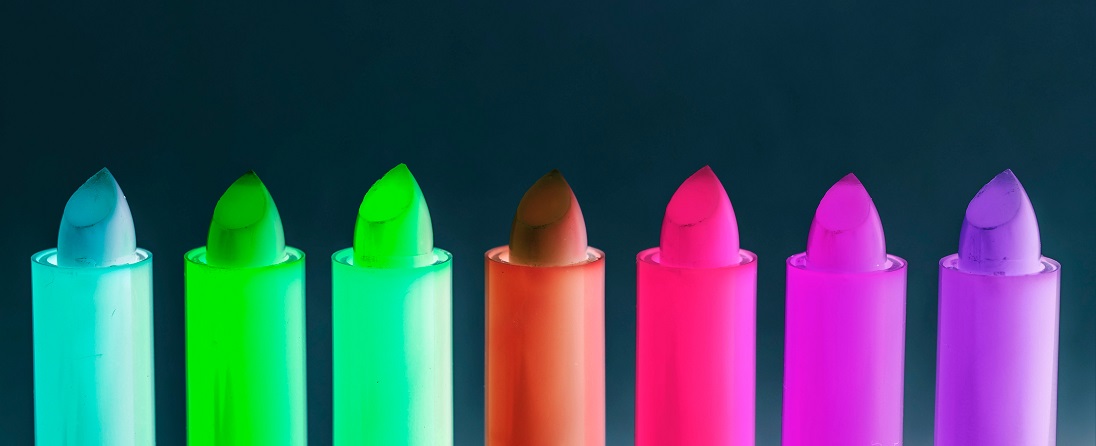
Toxic Substances In The Daily Body And Skincare Products – Why Should You Avoid Those?
What you apply on the skin will absorb through your skin into all the cells, and that is what determines the health of your cells and skin. If you don`t believe that – think analgesic gels, analgesic patches, estrogen patches for contraception, nicotine patches, and others. If they would not absorb, they would not work at all – right?
And the sad thing is, that we cannot avoid daily hygiene and skincare products. We are more or less affected by such products as shower gels, shampoos, face creams, body creams, cosmetics, etc.
But when toxins absorb into the cells, different skin problems often begin, including:
- Premature aging
- Atopic dermatitis
- Eczema
- Cuperoosa
- Allergies
- Irritations
- Psoriasis
- Hair loss etc.
In the worst case, it can all end up with:
- Hormonal disorders
- Endocrine disorders
- Genetic changes
- Cancer
- Neonatal malformation.

Professor Jorma Toppari from the University of Turku in Finland is committed to finding out which components and toxins are harmful to human health, and which diseases they can cause. Especially in long-term use. According to him, the most serious damage will happen to the baby in the mother’s stomach. Namely, the first human cells that are formed are stem cells. Their task is to create new cells through cell dividing, from which human nerve cells, bones, skin, and hair are formed.
If at the time when the stem cells are formed, the mother uses body and skincare products that contain toxic chemicals, these toxins will also absorb into the child’s stem cells. Including the genetic code of the child’s stem cells.
Changes in stem cell genetic code may later lead to various diseases or hypersensitivity reactions and allergies. Here are some of the most commonly used and most studied ingredients and toxic substances that you should avoid in hair and skin care products. Or, at least reduce their proportion. Because the more chemicals will absorb through different skincare products, the more likely they affect your health.
Aluminum
Aluminum is used in the composition of deodorants and sun creams. This metallic poison cannot leave the body and it can’t be excreted. So your body will store aluminum, mostly in the central nervous system and the brain. Aluminum is associated with memory-related diseases such as Alzheimer’s disease, as well as other diseases of this type. But there is not enough evidence to support this claim.
They say, that the amount of aluminum in deodorants is not sufficient to absorb into cells and cause damage to health. However, there is sufficient evidence that aluminum can cause hormonal imbalance and internal organ poisoning.
We have known for a long time that it is not good to use aluminum pots, pans, forks, and spoons in the preparation of meals. So we have replaced them with kitchen utensils from other materials, but aluminum is still allowed in cosmetic and skincare products and we use it unknowingly.
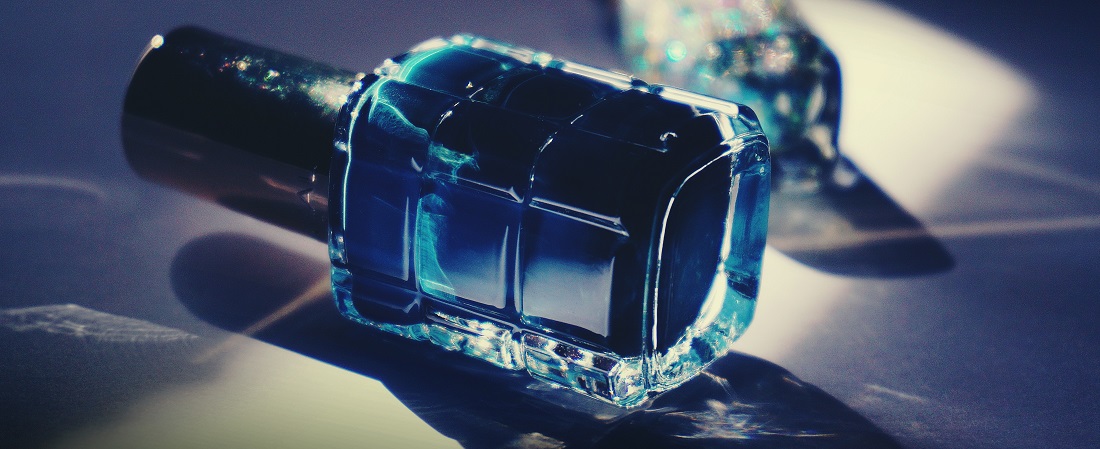
Acrylates
Gel nail polishes and other artificial nail care products contain acrylates which can cause very severe irritation and may also cause:
- Cell damage
- Neurological damage
- Organ poisoning
- Cancer
Find in product label:
- Ethyl Acrylate: Acrylic Acid, Ethyl Ester, Ethyl Propenoate, EA, Ethyl Methacrylate, Methacrylic Acid, Ethyl 2-Methyl-2-Propenoate, EMA
- Methyl methacrylate: Methacrylate Monomer, Methyl Ester of Methacrylic Acid, Methyl 2-methyl-2-propenoate, MMA sulfates
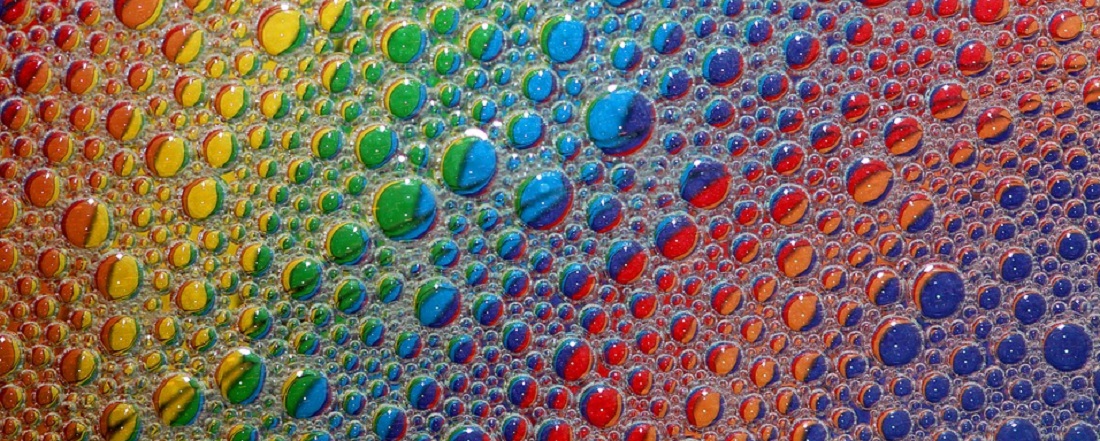
Sulfates, 1.4 Dioxane and SLS
Sulfates are used as a foaming agent in shampoos, balms, shower gels, soaps, toothpaste, facial and skin cleansers to improve product washing properties. This is a complicated subject because not all sulfates are always harmful to health, although it is stated that way in many places. There are extremely harmful ones though.
At the top of the list is carcinogenic substance 1.4 Dioxane, but you will not find it on the product label. Why? Because 1.4 Dioxane is a poison (pollutant) that occurs when certain other substances used in cosmetics merge.
According to the Skin Deep database, this substance can be found in up to 22% of more than 25,000 cosmetic and skincare products. Since 1.4 Dioxane is not mentioned on the product label, we will talk more about the substance SLS (Sodium Laureth Sulfate). This is written on the labels and affects the formation of the toxic compound 1,4 Dioxane the most.

Sodium Laureth Sulfate or SLS
SLS is a very powerful grease remover and foaming substance. Originally it was used to wash cars, machines, and garage floors. Nowadays it is used also for human skincare. Allegedly, SLS does not cause harm to health as itself. The only thing – SLS removes the natural protective layer of the skin. Therefore, the skin remains without its protective bacterial microflora.
But there is a huge and worrying downside though. Due to SLS’s in the skin care product, the toxic substance 1.4 Dioxane may form. Keep an eye on the label and know that if the product already contains 0.5% of the SLS, it is irritating and harmful to your skin. Shampoos usually contain already 30-40% of SLS. The exact proportion of SLS is not always indicated on the package, but if this substance is listed in the first three ingredients, it is already more than a quarter.
Excess consumption of skincare products that contain SLS can cause various skin problems such as:
- Irritations
- Mucous membranes
- Hair and skin dryness
- Eczema
- Dermatitis
- Allergic reactions
- Fast obese scalp
- Dandruff
- Hair loss due to hair follicle damage
- However, these are only external and mild consequences
As stated earlier, the proportion of SLS in the product can lead to the formation of a toxic chemical compound 1.4 Dioxane and consequently cancer. Particularly dangerous is the share of SLS in the product for small children.
Find in product label:
Sodium Laureth Sulfate, PEG compounds, and chemicals named “xynol”, “ceteareth”, and “oleth”
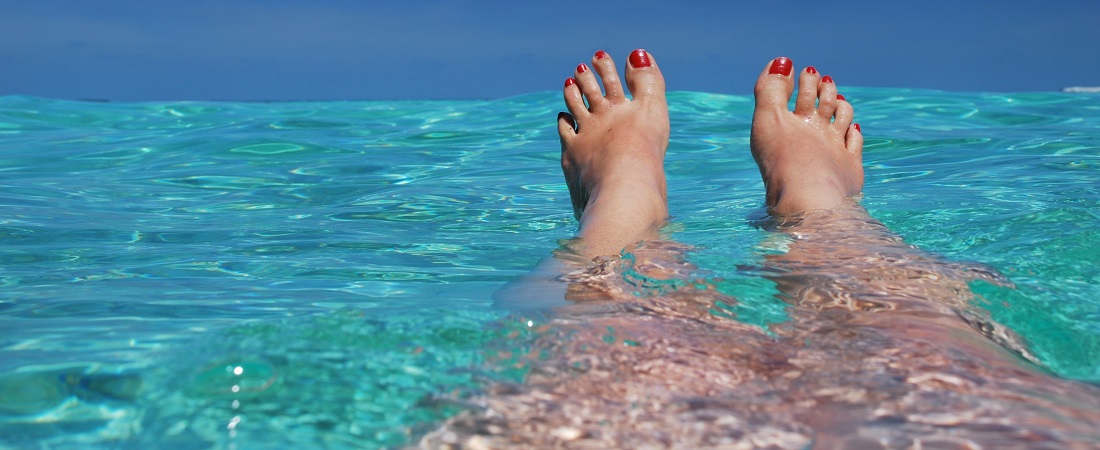
UV Filters
UV filters or chemical filters that protect us from UV radiation can be found in sunscreens, lip balms, moisturizing creams, hair care products, anti-aging products, and so on. These toxins are said to accumulate in tissues, damage the hormone system, and contribute to cancer. However, it is known that there are two types of sunscreens – chemical and mechanical. Mechanical sun blockers contain substances approved by scientists. Their function is to reflect the light and it does not harm us.
From what the researchers warned us, is using products based on nanotechnology and containing other harmful ingredients (PABA, Benzophenone).
In addition to sunscreens, nanoparticles can also be found in shampoos, deodorants, cosmetics, creams, and so on. To date, there is insufficient evidence of the non-destructive effects of nanoparticles on the human body over the long term. What is known, however, is that the small nanoparticles of the substance tend to be more toxic than large particles of the same substance. These toxins are said to be so small that they are easily absorbed directly into cells and deposited there. Consumption of PABA-containing products may cause endocrine disruption and bioaccumulation.
In addition to the above – products that contain Benzophenone can also lead to cancer.
Find in product label:
- Nanoparticles: Fullerenes, Micronized Zinc Oxide, Nano Zinc Oxide, Micronized Titanium Dioxide, Micronized Quartz Silica
- PABA and its derivatives: PABA, OD-PABA, Padimate O, 4-Aminobenzoic Acid, Para-Aminobenzoic Acid, P-Aminobenzoic Acid, Et-PABA, 2-Ethylhexyl Ester, P-Carboxyaniline
- Benzophenone and its Compounds: Octinoxate, Octyl Methoxycinnamate, Benzophenone, Oxybenzone, All Compounds Containing Benzophenone (e.g. Benzophenone-2), BP + Number (e.g. BP2), Sulisobenzone, Sulisobenzone Sodium
- Others: Homosalate, Homomenthyl Salicylate, HMS, HS; 3,3,5-Trimethyl-Cyclohexyl-Salicylate

Fragrances
In addition to perfumes, fragrances are found in almost all cosmetic and skincare products – facial cleansers, face creams, body creams, deodorants, shower gels, body lotions, sunscreens, and hair care products. These toxic substances in cosmetic products are those, which cause hypersensitivity, skin irritation, and allergies most often.
In addition, these toxins can affect our central nervous system and thyroid function, cause headaches, and interfere with metabolism and hormonal work.
According to the International Fragrance Association (IFRA), there may be up to 3,059 different substances in the fragrance composition, some of which are also associated with cancer.
Find in product label:
Fragrance, Perfume, Parfum, Essential Oil Blend, Aroma

Mineral Oils
These oils are found in many cosmetics and skincare products, including creams, baby oil, bath and body oils, massage oils, and so on. Mineral oil is essentially the same substance that is used as car fuel or oil. Mineral Oil is synthesized from crude oil. So the mineral oil is not really what we understand by the word “oil”, but is actually plastic.
It goes without saying that this beautifully named plastic will not absorb. Also, it contains 0% amino acids, 0% vitamins, and 0% minerals or useful substances that your skin needs.
Products that contain mineral oil – leave a layer of oily and sealed film on the skin. Initially, it creates a feeling of ultra-soft, moisturized, and silky skin, but in fact, mineral oil poisons keep your body in prison and prevent normal breathing of the skin by keeping oxygen out.
The same effect occurs when you wrap yourself in a film. As a result, our skin does not get the necessary nutrients. The skin cells are exhausted, and the skin is thinned due to a lack of nutrients. For that reason, different skin disorders such as eczema maybe occur.
Also, it will elevate the aging signs, including the formation of wrinkles.
Even more worrying is the compound PAH (Polycyclic Aromatic Hydrocarbons). Because the mineral oil may be contaminated with this substance, it has a direct link with cancer.
Find in product label:
Petrolatum, Petroleum Jelly, Paraffin Oil, Mineral Oil, White Petrolatum, Petroleum. Oil, Paraffinium

Silicones
Silicones are used in shampoos, balms, moisturizing creams to give them deceptive moisturizing properties and viscosity. In hair care products, it is used to make your hair shine and easy to comb. Dimethicone and PEG compounds are harmful substances used in cosmetic products. Though, allegedly they are harmful not to humans but the environment.
Dimethicone is the same substance that is used in the construction sector to prevent moisture. For example in the toilet, in the bathroom, in the kitchen between the tiles, etc.
The function of silicone in hair and skin care products is to smooth, soften and soothe the skin. As the surface of the silicon layer is pleasantly slippery, it creates the illusion of silk-soft skin. But silicone forms a dense layer on skin and hair that separates the skin from the outside and does not allow it to breathe and excrete the residues.
This silicon layer locks in:
- Moisture
- Grease
- Bacteria
- Sweat
As sweat exudes toxins from the body, poisonous substances can no longer get out of the body. That can irritate. Likewise, no useful things that the skin needs, cannot get in. The body does not get any moisture, oxygen, or other substances from the environment.
The silicone layer is very difficult to remove from the skin. Also, it prevents the cells from renewing. Silicones are said to be particularly harmful to the hair because the silicone-covered hair can not bind the moisture from the air.
Thus, silicones can eventually cause:
- Dryness of the skin
- Fragility of the hair
- Dandruff
However, according to the cosmetics industry – the atoms of silicones used in skincare products are too large to clog or penetrate pores. Also, there is enough space between the molecules to allow the skin to breathe, and the useful substances to absorb.
Find in product label:
Cone – Compound Compounds: Dimethicone, Methicone, Trimethicone, Cyclomethicone, Amodimethicone, Trimethylsilylamodimethicone
Siloxane – Compound Compounds: Cyclopentasiloxane, Polydimethylsiloxane
Conol – Compound Compounds: Dimethiconol preservatives
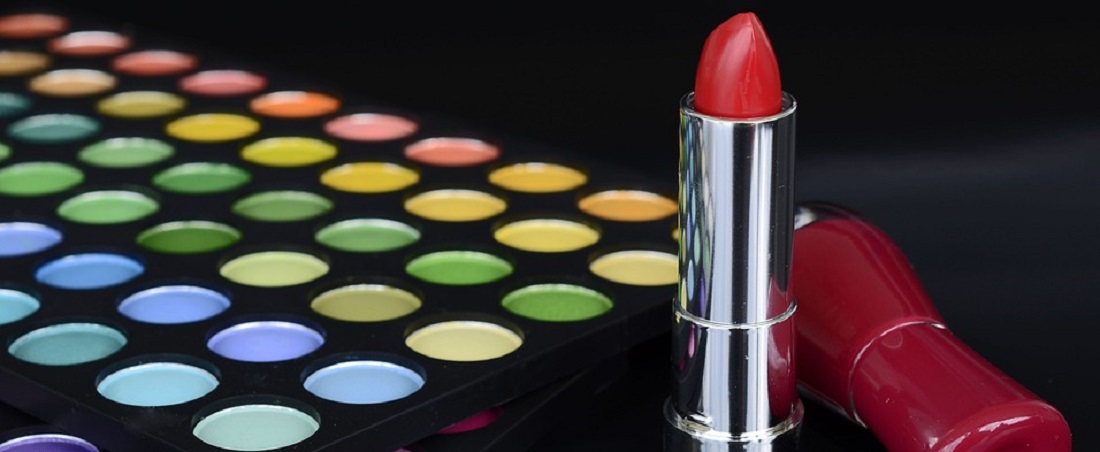
Synthetic Preservatives
There are many different names for artificial and harmful preservatives. Here we look at those two most dangerous and common groups, such as parabens and formaldehyde.
Parabens
Synthetic preservatives or parabens are used in shampoos, balms, shower gels, face, and body lotions to prolong the shelf life of these products. Also, to inhibit the proliferation of bacteria, fungi, and microorganisms in cosmetic products.
The fact that the product does not decay is positive, but the fact that the body mixes parabens with hormones – can be very dangerous. Namely, when the parabens enter your body, the body thinks parabens are hormones. Mainly female sex hormones. And playing with a hormonal balance can have unexpected consequences that you would not expect when using cosmetic products.
For example, in men, the abundance of female hormone hormones may cause breast growth and may also strongly affect libido and fertility.
The frequent reduction in the quality, rate, and activity of male sperm cells is associated with the use of parabens because many people use parabens daily. In addition to irritation and allergic reactions, studies have shown that these toxins can also cause cancer.
As parabens are often found in various cancers – ovarian cancer, breast cancer, prostate cancer, and so on. Parabens are said to be harmless when consumed in small quantities. Though, the problem is their massive presence in ordinary products and the fact that your body is enabled to decompose them.
Find in product label:
Ethyl paraben, Butylparaben, Methylparaben, Propylparaben, Isobutylparaben, Isopropylparaben, others-paraben-terminated compounds

Formaldehydes
Formaldehyde (E240) is a powerful antibacterial and antifungal agent that is a common ingredient in cosmetic and hair care products. You can find formaldehyde in most cosmetic products such as nail polishes, creams, disinfectants, cleansers, shampoos. But at the same time, formaldehyde is on the list of the most dangerous substances for humans.
It has been proven by scientists, that formaldehyde has a direct link with the development of several cancers.
Also, is not allowed to use formaldehyde in the housing industry and building sector. This substance is especially dangerous for babies and hairdressers. The use of formaldehyde is prohibited in Sweden and Japan but is limited in the European Union. It`s required that these toxic substances have to be listed on the package label.
Find in product label:
Formaldehyde, Quaternium-15, DMDM Hydantoin, Imidazolidinyl Urea, Diazolidinyl Urea, Polyoxymethylene Urea, Sodium Hydroxymethylglycinate, 2-Bromo-2-Nitropropane-1,3-Diol (Bronopol), Glyoxal, Benzylhemiformal, 5-Bromo-5-Nitro 1,3-Dioxane, Methenamine

Artificial Moisturizers And Softeners
Propylene Glycol or PEG (Also PG)
Propylene Glycol (PEG) is often used in cosmetic products as a moisturizer, softener, and emulsifier. It is also used in the formulation of drugs and food supplements in the food and medical industry. Instead of moisturizing the actual skin, the PEG disturbs the body’s natural moisture balance.
Because, while it is a moisture retention agent, it is also a moisture absorbent. So, it will absorb the moisture out of your skin. This substance does not give the body extra moisture but binds moisture by draining natural oils out of the body.
Be careful with this substance in any case, as some claim that it can also cause cancer.
Find in product label:
PEG, PPG, Polysorbate – (20, 30, 80, etc.), E490
Quaternium
Quaternium + Number or Polyquaternium are all synthetic or chemically produced toxic substances that do not exist in nature. As a result, the human body and nature are unable to use, recycle or decompose these toxic substances. A lot of Quaternium substances are used in hair care products.
Find in product label:
Benzalkonium chloride, Benzethonium Chloride, Quaternium-15, Cetrimonium Bromide, Polyquaternium and number (e.g., Polyquaternium-7).

Ethylenediaminetetraacetic Acid or Tetrasodium EDTA
Ethylenediaminetetraacetic acid-it (EDTA) is used in the cosmetics industry to make the product light and easily applicable. In fact, this substance is synthesized from carcinogenic formaldehyde. EDTA decomposes very slowly in our body and also in nature.
Although studies suggest that EDTA does not cause cancer in laboratory animals, there are enough cases to claim that this substance causes eczema.
It is also worrying that as a by-product – EDTA may contain a toxic contaminant of dioxides, which was also mentioned earlier.
BHT and BTA
BHT (Butylated hydroxytoluene – E321) and BTA (butylated hydroxyanisole (BTA – E320) are poisonous substances that are mainly used as moisturizers and preservatives. Lipsticks, hair care products, cosmetics, sunscreens, deodorants, creams, and fragrances may all contain BHT or BTA.
You should know, that it is still allowed to use BHT in the food and cosmetics industries. Although research has shown that this substance is carcinogenic and it has been linked to asthma and behavioral problems (hyperactivity and attention disorders). In addition, this substance is said to cause endocrine disruption.
However, the use of BHT is not allowed everywhere. As in Japan, for example, it is forbidden to use BHT (E321) in food products.
Find in product label:
Isopropylparapen, Isobutylparaben, Propyl paraben, Butylparaben, Phthalate, BHA, BHT, Triclosan, E321, E320
Nitrosamines
U.K. The Department of Business, Entrepreneurship, and Regulatory Reform classifies nitrosamines as the most toxic in the carcinogenic category for all animal species. Including humans. Nitrosamines are toxic substances that form when combining certain ingredients in cosmetics (Diethanolamine (DEA), Triethanolamine (TEA), and parabens).
Thus, these are never mentioned on the product labels. However, the majority of cosmetic products consist of nitrosamines, and now you know what substances to fear.
Find in product label:
DEA, TEA

Healthy And Natural Skin Care
More or less, we all depend on various cosmetic products, and although it`s difficult to avoid those completely, there is still something you can do.
Here are some suggestions:
1. Read the product labels
Keep track of not the product titles, but just the ingredients of the product on the label and try to choose as human-friendly products as possible. Even if they are a bit more expensive, they will ultimately save you both – health and beauty. You will avoid skin and hair problems caused by harmful substances, which may occur later.
2. If you cannot avoid – at least limit the usage of that kind of body & skincare products that contain toxic ingredients
While it is strongly advisable to avoid the aforementioned ingredients, it may not always be possible. Even more, it is not always necessary to be extreme about everything. So, if you want to use products with harmful ingredients for some reason, try to limit the usage times and quantities. For example, if you usually wash your hair every day, skip a few days, or use a little less shampoo at a time.
3. Replace toxic products with natural skincare products at least once a week
If you usually lubricate your skin every day with a strong fragrance cream (or mineral oil), take a break at least once a week and replace your daily favorite moisturizer with a 100% ecological and natural cream or oil. There are really good ones in the market – 100% Natural MyMim.Me Face and Body cream will give your skin the food you need.
Skin needs energy which you can obtain from useful fatty acids, vitamins, and minerals. These natural substances also absorb better. By giving your cells the necessary food, internally as well as externally, the cell is healthy and viable. This is the only and perfect basis for beautiful youthful skin!
4. Instead of using suspicious sunblocks and UV filters, moderate your sunbaths
In the summertime, be especially careful with the sunscreen. Know, that most natural oils have also a natural light sun barrier factor. And if you can keep balance with the tanning time, you don`t need to apply extra chemistry to your skin. Hold your children though! Let them wear the shirt and hat rather than a thick layer of protective cream containing suspicious substances.
5. For better skin, be active, eat well, and use natural skincare products.
The secret to good health, youthfulness, and beautiful skin is not just about what cosmetics you use. Although some of them, such as MyMim.Me creams can be a great help. But know, that your skin’s health depends a lot on your lifestyle. About your activity level, what you are eating, and whether your body has enough vitamins and minerals. Vitamin C and Group B vitamins are of particular importance for beautiful skin. Read more about How to Maintain Youthful Look and 14 Beauty Supplements That Help You Look Younger.
NB! The information provided here is for informational purposes only, so do not consider it as health care or medical diagnosis and treatment. Do not consider this information as a guarantee of the results you want to achieve. In addition, this information does not replace the advice of your physician or other healthcare professional.
Even more, you should not use it to diagnose or treat a health problem. Before changing or discontinuing your existing medication, treatment, or care, or taking any dietary supplements, be sure to consult with your healthcare professional or doctor before starting any diet or program, or if you suspect you may have a medical condition.
Written by Maria-Helena Loik
Pictures: Pixabay.com, Pexels.com, Shutterstock.com
This article was first posted on Ecosh.com
Sources:
